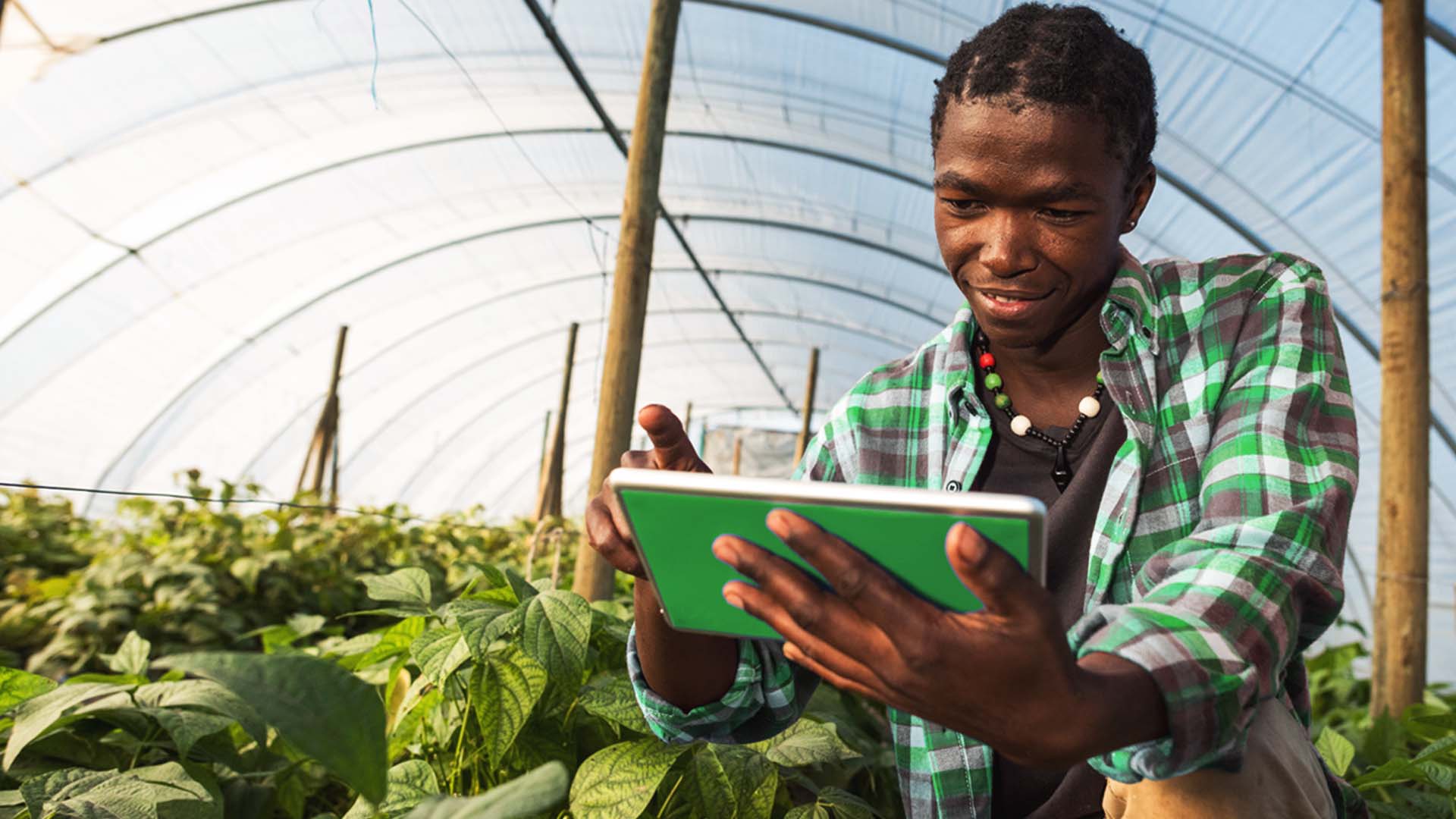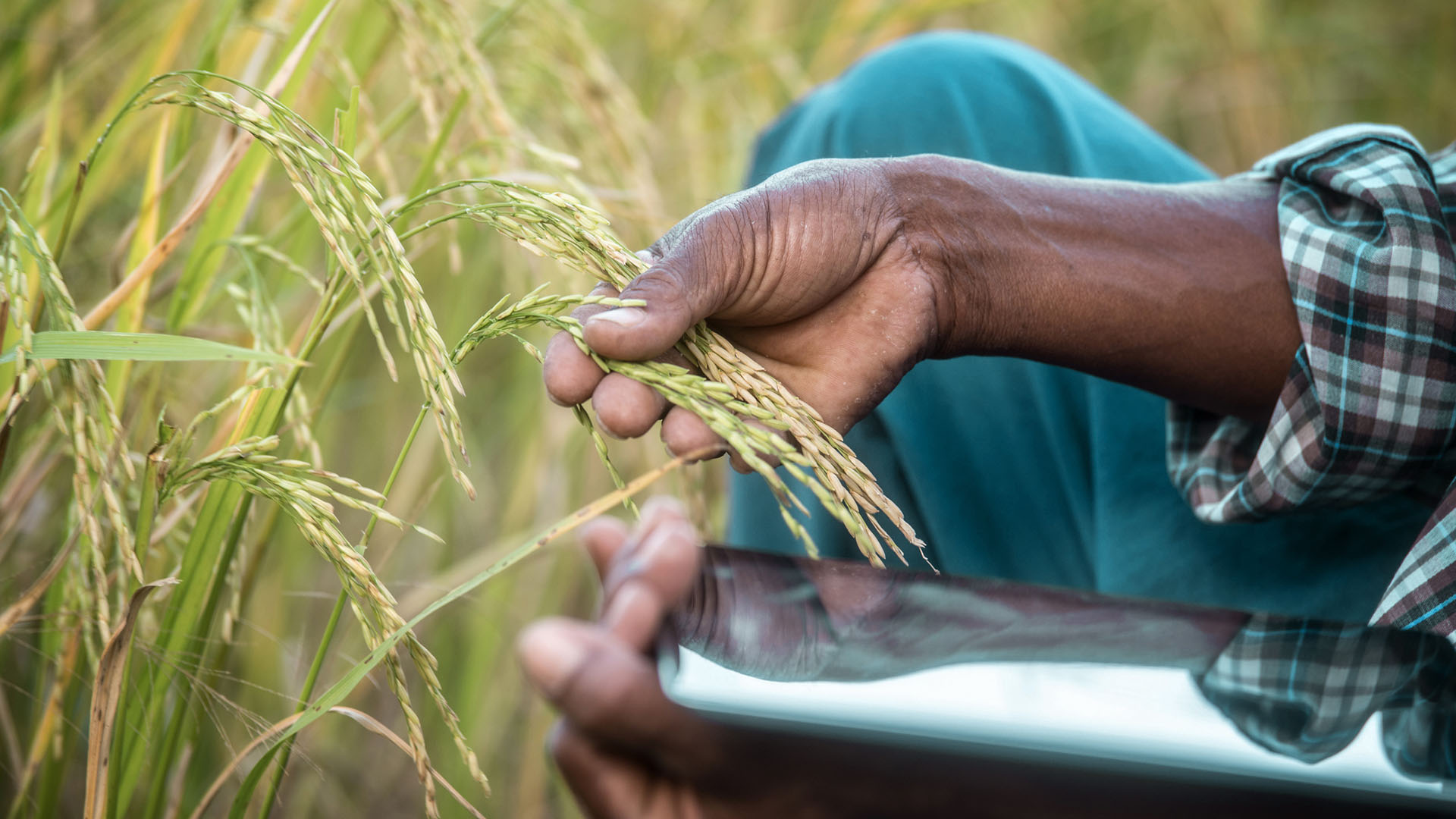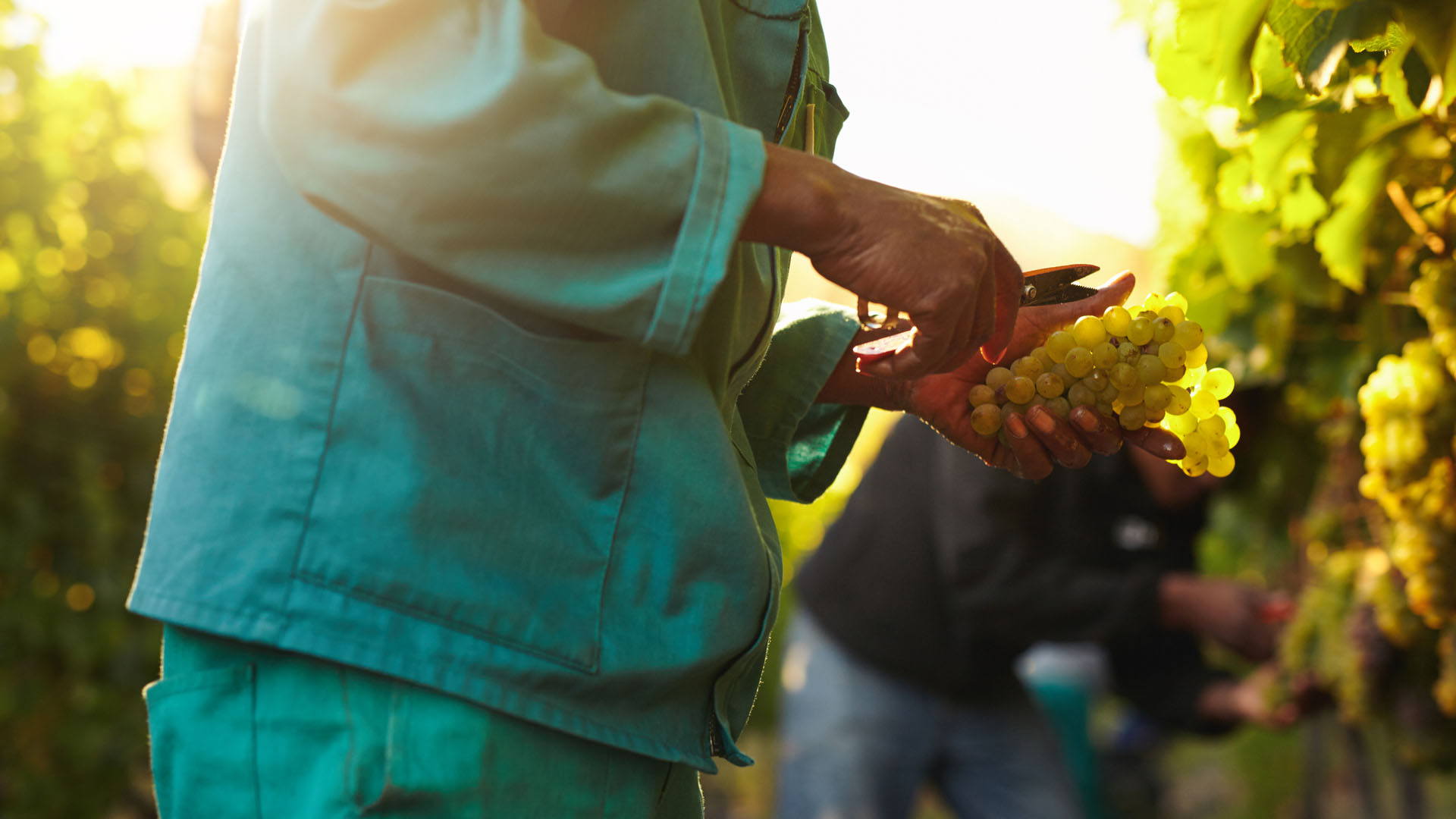One of the many new ways of doing business that emerged during the Covid lockdown was agricultural e-commerce, or online trading of agricultural commodities, such as fresh produce and even livestock. Like most technological disruptors, this form of trade holds many benefits to buyers and sellers alike. But is it here to stay, or will we return to our pre-Covid ways of doing business when the social-distancing concerns subside?
Traditional agricultural value chains involve multiple intermediaries between farmers and consumers. Typically, farmers sell their produce at the farm gate to middlemen. Produce then passes through multiple intermediaries – each of which adds margins – before reaching the consumer. Farmers would typically receive only a small proportion of what the consumer finally pays after all the margins have been added throughout the value chain.
The simple business model of agricultural e-commerce has many advantages
Agricultural e-commerce provides a simplified approach to trading, because buyers and sellers are directly linked. This streamlines the agricultural value chain and reduces inefficiencies in the distribution of farm produce.
This simplified approach presents a fresh, new way for farmers to sell their produce to an array of buyers, such as agricultural businesses, retailers, restaurants and retail consumers. It also gives farmers more access to new markets and adds transparency to the value chain. Farmers can bypass several intermediaries, resulting in higher income for the farmers, reduced wastage and carbon emissions, and the potential to deliver fresher produce to consumers.
E-commerce platforms also offer several transport options, such as:
- Farmgate, where the buyer pays
- Direct, where the seller pays
- Consolidated, where both parties pay
These options enable farmers to reduce their transport costs and increase profit margins, which is especially relevant with the recent fuel price increase as it impacts all farmers – including those who recently lobbied the government for subsidies. Emerging livestock farmers are also battling, as their margins are usually lower.
Advantages for both buyers and sellers
Advantages for sellers:
- Improved cash flow, as producers are reimbursed within a few days instead of weeks or months
- Easier buyer access and management
- The power associated with digital marketing and branding
- Reliability and insurance provided by a recognised fintech platform
Specific benefits to buyers:
- Lower prices and a transparent price discovery mechanism
- Reduced sourcing and logistics costs
- Increased product choice
- A streamlined procurement process
Another advantage is greater agility in adjusting to unexpected issues, such as the supply chain disruptions and logistical challenges we've seen during the unrests in July 2021.
Importantly, this new model could also be instrumental in transforming the agricultural sector by eliminating or reducing barriers to entry, thus providing opportunities for emerging farmers.
Allowing new entrants to bypass intermediaries leads to increased efficiency of the supply chain and it generates fairer incomes and a transaction history for farmers. In fact, this sector of the market is already using agricultural e-commerce platforms, particularly for online livestock auctions.
Disadvantages can be easily overcome
Agricultural e-commerce is considered a relatively low-risk, low-cost manner of accessing potential new markets, with quality assurance considered as the highest inherent risk. However, some platforms have partnered with recognised food inspectors to verify the quality of produce on their site, and others include a quality dispute and mediation function. Any potential issues could also be solved if buyers visit the producer.
A successful agricultural e-commerce ecosystem requires certain enablers
The most obvious requirement is a reliable agriculture e-commerce platform. There are several in South Africa and among them are the following:
- HelloChoice and AgriKool, which operate in the fresh produce space; commodity specialist TonnUp;
- SwiftVee and Trigga, which focus on livestock; and
- Tridge, which specialises in exports.
Other key platforms
- Khula, which supplies inputs such as seed, fertiliser, agro-chemicals and animal health products
- Livestock Wealth, a 'crowd farming' app that allows users to buy and own profit-earning assets, such as livestock and fruit and nut trees, which are cared for by funded farmers.
Other major players
- Nile.ag, founded during the height of the Covid-19 pandemic, connects fresh‑produce buyers and sellers in South Africa with other countries in the South African Development Community ,and has already moved 15 000 tons of fresh produce since its launch in September 2020. Having established its niche in Southern Africa, Nile.ag reports that it is expanding rapidly throughout the rest of the African continent, indicating that there is also appetite for agricultural e-commerce in less developed countries.
- Kenya’s Twiga, a mobile-based, e-commerce marketplace platform that focuses on food and groceries in the informal retail food sector, is further evidence of the interest in providing access to high-quality, low-cost food in Africa.
Necessities
Logistics
A necessity for buying or selling any physical product online is an effective logistics network, which includes national infrastructure, such as roads and rail, as well as efficient and reliable haulage and courier operators. For fresh produce and horticulture, this transport also needs to be refrigerated to ensure that the cold chain is not interrupted en route to market.
Trusted banking systems
Financial enablement is vital – which is where South Africa’s world-class banking system comes in. From providing safe, trusted digital payment platforms and cross-border payments, to providing working capital for producers and financing of businesses throughout the value chain, financial institutions play a key role.
At Nedbank, we’re dedicated to developing cutting-edge digital banking solutions and our e-commerce payment gateways and cross-border payment solutions are designed to keep clients financially enabled and thriving. We’re committed to developing innovative, fit-for-purpose financing, structured to consider the client’s needs and affordability.
Will this disruptor remain the trading platform of choice into the future?
The global business-to-business (B2B) e-commerce market is valued at US$14,9 trillion in 2020, which is over five times more than that of the business-to-consumer market. While this growth was accelerated by the Covid pandemic, there are also other factors at play. One of the most notable factors is that millennials – for whom digital interaction is as natural as walking – make up 73% of the employees involved in the global B2B buying process. Given that 70% of sub-Saharan Africa’s population is younger than 30 years , this type of digital adoption is only expected to grow exponentially.
In addition, green consumption is on the rise across all industries and the calls for sustainability and traceability within agriculture have never been stronger – e-trading can address this with a lower carbon footprint, less wastage and fresher and therefore healthier produce.
Across sub-Saharan Africa, consumers spend about 50% of their disposable income on food. This is what consumers in the US were spending 150 years ago, compared to about 10% today. At the heart of the problem is an inefficient supply chain.
Agricultural e-commerce is at an emerging stage of development on the African continent, but there is no doubt about the enormous commercial opportunity and potential social impact it could bring as it drives growth in the agricultural sector and improves the livelihoods and inclusion of all farmers.








